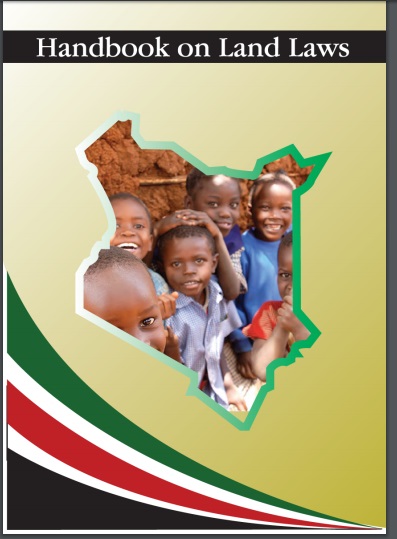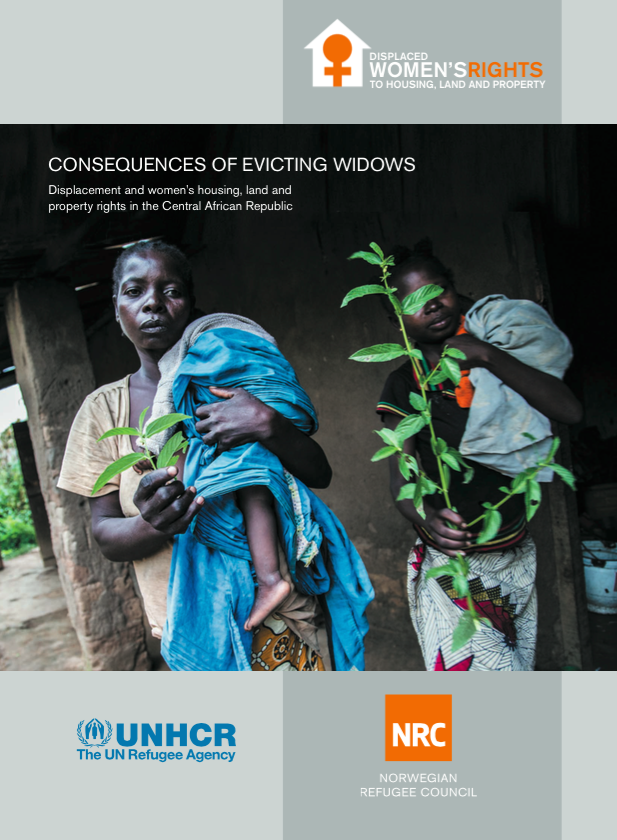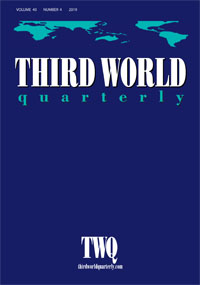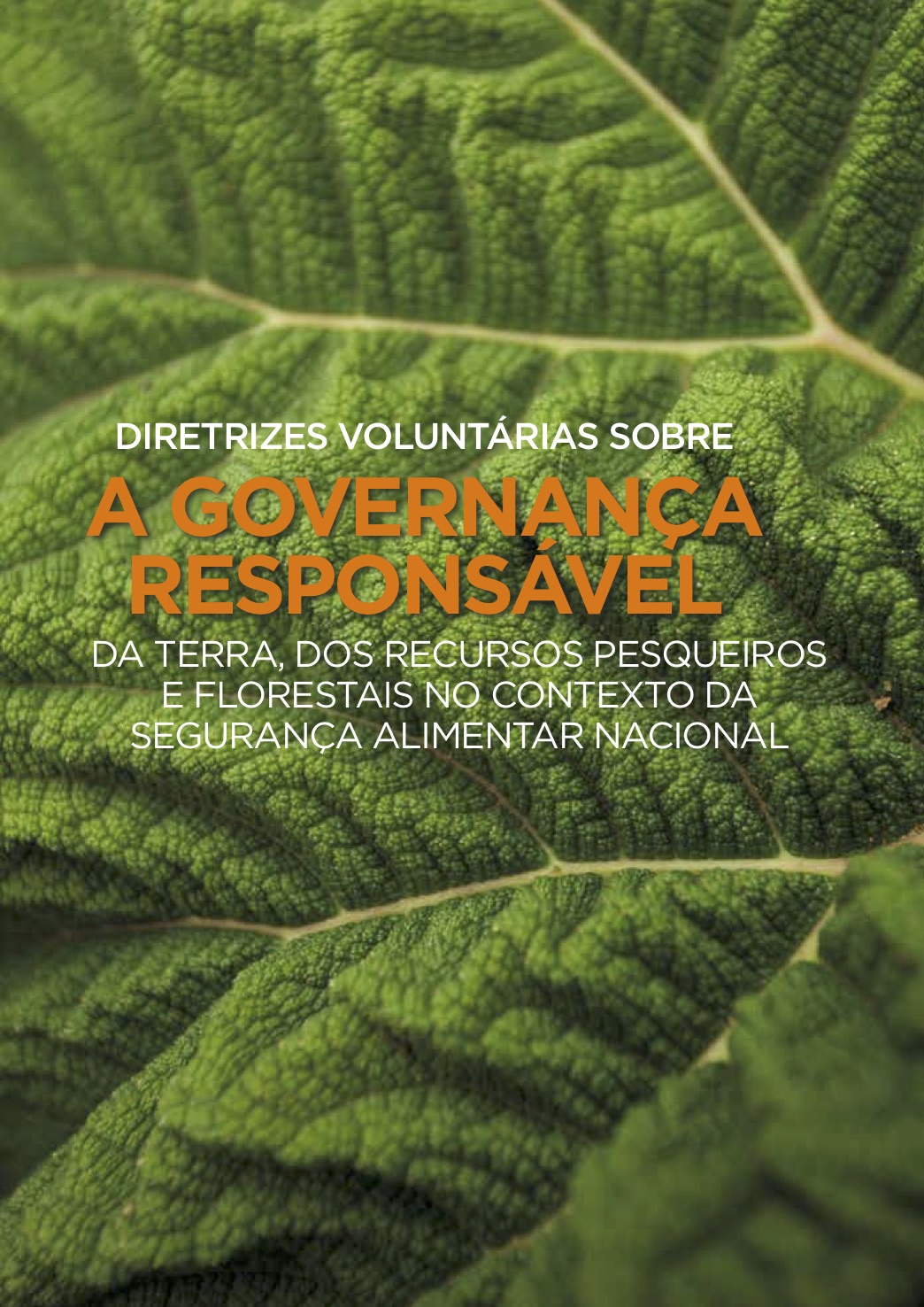Comunidades de Daule-Peripa: De afectadas a guardianas de la soberanía alimentaria
El caso de comunidades migrantes que se establecen en tierras baldías y luego, el Estado construye una represa que inunda sus tierras, y los desplaza, afectando su vida, y obligándolos a años de lucha demandando una justa indemnización y la dotación de nuevas tierras.









